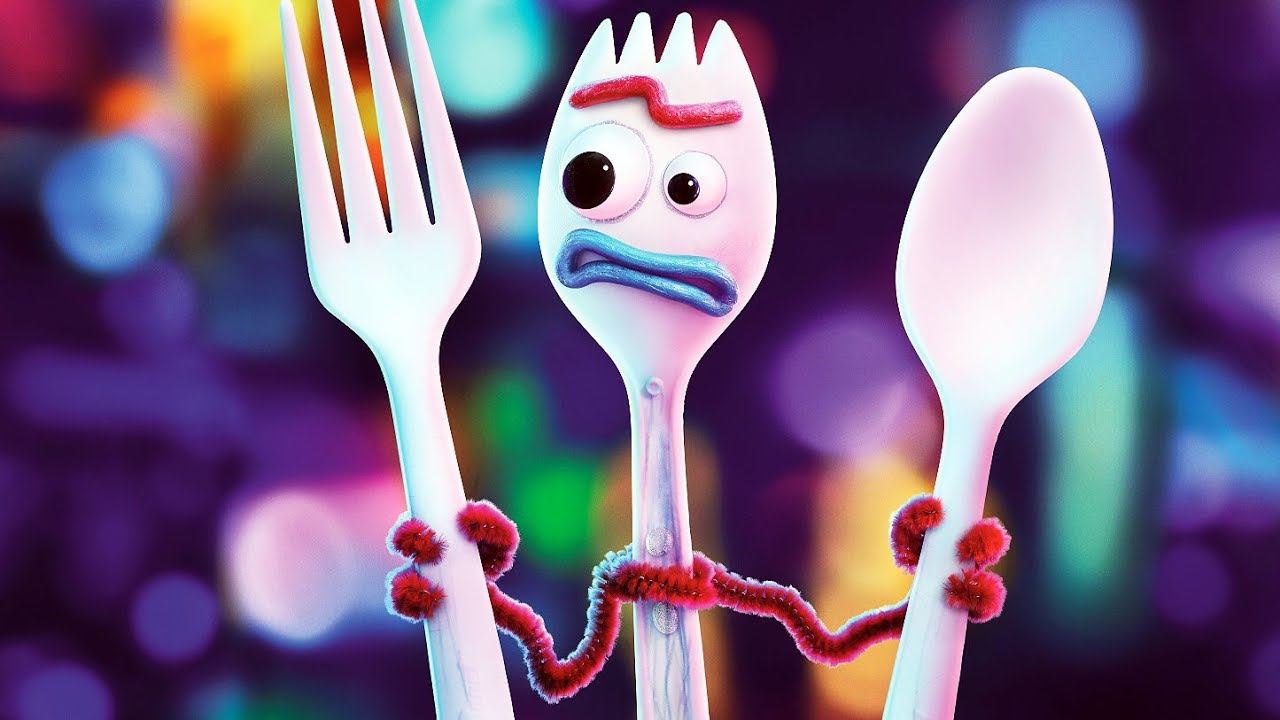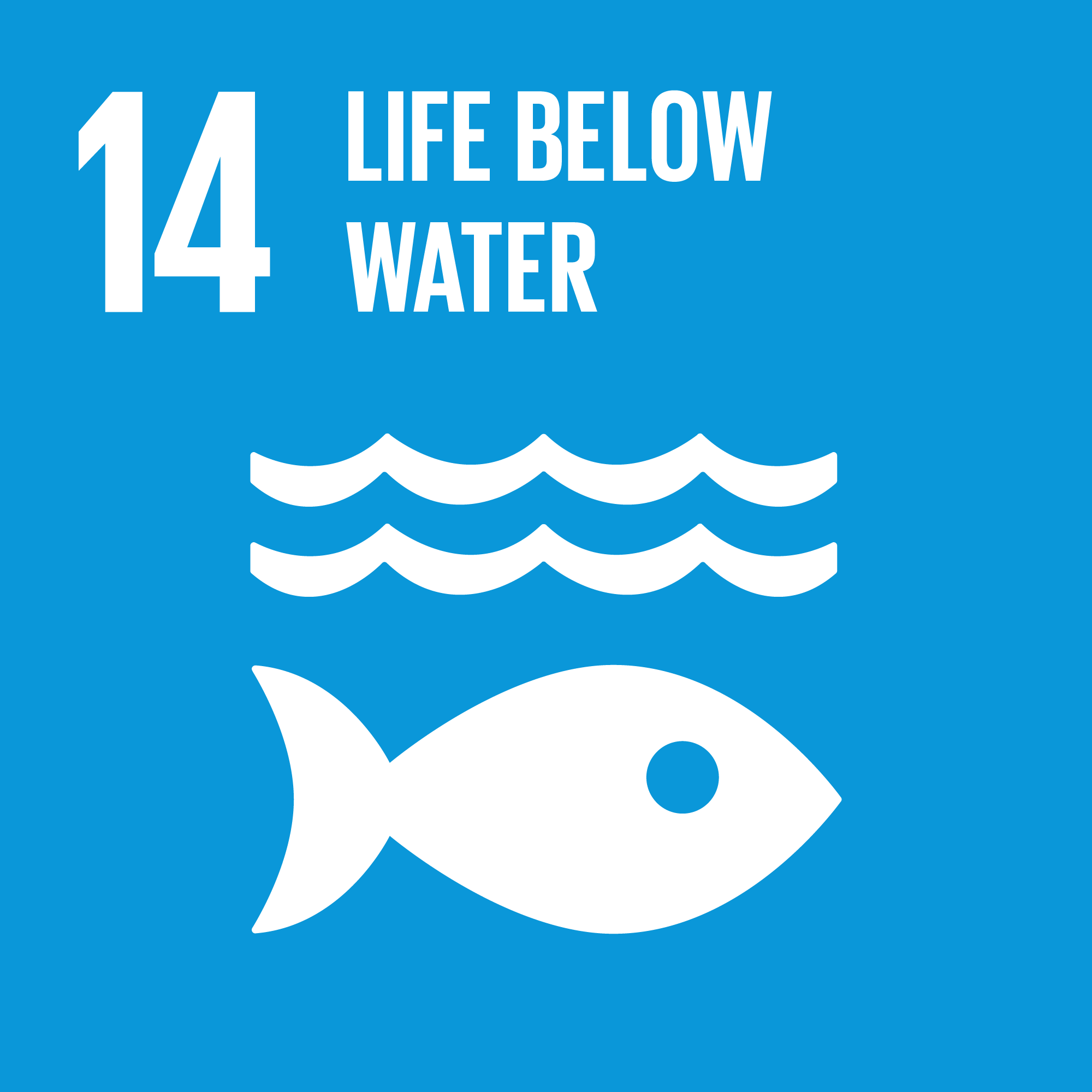Especialistas estimam que existam cerca de 5 hectares de oceano para cada habitante vivo no planeta. Li, este e outros dados que vou apresentar aqui, no relatório “Stemming the Tide: Land-Based Strategies for a Plastic-Free Ocean” (Detendo a maré: estratégias terrestres para um oceano sem plástico – tradução livre) elaborado pela ONG Ocean Conservancy e a McKinsey Center for Business and Environment.
Surpreendeu-me bastante esta grandeza e, talvez, toda essa imensidão tenha sido a razão da negligência de governos, pessoas e empresas na produção e descarte incorreto de toneladas de lixo no oceano.
Afinal, em um local tão gigante assim, o lixo que descartamos há anos pode ter demorado a dar sinais de acúmulo, mas hoje eles boiam nos litorais ou aparecem enrolados no estômago de animais marinhos escancarando que demoramos muito a soar as sirenes desta tragédia ambiental.
Aproxima-se o Dia Mundial da Água, que é celebrado a cada 22 de Março desde 1993, quando a ONU instituiu a data, e junto à promoção do melhor uso deste recurso e redução do desperdício temos que acrescentar a saúde do habitat em que encontramos a água, seja potável ou marinha.
Então, é dela e de um dos elementos que a polui, o plástico, que vou tratar neste artigo.
OCEANO E PLÁSTICO
Segundo o relatório da Ocean Conservancy e McKinsey, a poluição dos oceanos vinda de fontes como esgoto, atividades agropecuárias e outros sempre foram conhecidas e tratadas nos âmbitos local e regional, mas o plástico, pela sua longevidade, onipresença e volume tornou-se, nos últimos anos, um desafio global.
“Estima-se que alguns produtos de plástico mantêm sua forma original por até 400 anos quando descartados no oceano.”
Stemming the Tide: Land-Based Strategies for a Plastic-Free Ocean – Ocean Conservancy e a McKinsey Center for Business and Environment
China, Indonésia, Filipinas, Tailândia e Vietnam, em 2015, respondiam por 50% do plástico descartado no oceano. O crescimento econômico destes países não foi acompanhado no mesmo ritmo pelas políticas de tratamento de resíduos e o problema se agravou.
Mas o que fazer diante deste cenário? A Ocean Consevancy, ao longo do documento, menciona algumas formas para minimizar o problema. Eles analisaram mais de 21 hipóteses. As mais relevantes passam por melhores sistemas de tratamento do resíduo, mas pouco falou-se da redução ou eliminação do uso do plástico.
PLÁSTICO NÃO É TUDO IGUAL
Antes de falarmos nesta solução de cortar o mal pela raiz, ou seja, deixar de usar o plástico, é importante distinguir que existem vários tipos e aplicações para este material.
Em outro relatório recente, publicado em 2019 pela WWF, “Solucionar a Poluição Plástica: Transparência e Responsabilização”, eles explicam que existem mais de 30 tipos de plástico. Os usos são diversos, da indústria de embalagem à automotiva, mas cerca de 50% do plástico produzido tem vida útil de uso único, ou seja, é descartável, e os outros 50% têm aplicação mais de longo prazo.

O plástico de uso único, também frequentemente chamado de plástico descartável, é comumente utilizado em embalagens plásticas e inclui itens feitos para serem usados apenas uma vez antes de serem descartados ou reciclados. Tais itens incluem, entre outros, sacolas plásticas, embalagens de alimentos, garrafas, canudos, vasilhames, copos e talheres. Na maioria dos casos, eles têm uma vida útil de menos de um ano e, em todos os casos, de menos de três anos.
WWF – SOLUCIONAR A POLUIÇÃO PLÁSTICA: TRANSPARÊNCIA E RESPONSABILIZAÇÃO
A WWF aponta que aproximadamente metade de todos os produtos plásticos que poluem o mundo hoje foram criados após 2000. Em apenas algumas décadas, 75% de todo o plástico já produzido já foi descartado.
O Brasil é o 4o maior produtor de lixo plástico do mundo, ficando atrás apenas dos Estados Unidos, China e Índia. São 11,3 milhões de toneladas ou 1 quilo de lixo plástico por habitante a cada semana.
Conseguimos coletar 91% deste total, mas apenas 1,28% é efetivamente reciclado. O que não é reciclado vai para aterro sanitário ou, o que é pior, é descartado de forma irregular, em lixões a céu aberto.
A pergunta que devemos nos colocar, além das possibilidades de reciclagem do material, é: quais alternativas ao plástico, especialmente ao de uso único, temos para eliminar seu uso?
ELIMINAR PARA REDUZIR
ATUALMENTE, 40% DE PLÁSTICO É DE USO ÚNICO E TEM UMA VIDA ÚTIL DE UM ANO. ELIMINAR ESTES PRODUTOS É O PRIMEIRO PASSO PARA REDUZIR O CONSUMO.
Relatório Solucionar a Poluição Plástica: Transparência e Responsabilização, da WWF.
Considerando que cerca de 50% do plástico produzido é de uso único, sua eliminação tem potencial para gerar um grande impacto nestes indicadores de descarte e poluição.
Acrescentemos a esta análise, o uso de plástico reciclado em embalagens e produtos de uso único como sacolas, talheres, pratos, etc, que também retiram do meio ambiente o plástico para nova aplicação.
Felizmente, nos últimos anos, grandes empresas responsáveis por colocarem o plástico virgem no mercado, anunciaram compromissos de médio ou longo prazos de redução ou eliminação do uso e outras já estão apresentando soluções atuais para o problema.
ÁGUA EM LATA
A AMBEV anunciou, no final de 2019, o lançamento da água AMA em lata. A iniciativa faz parte de uma estratégia global do grupo Anheuser Busch InBev para metas de sustentabilidade.
O interessante é que esta água já nasceu como um negócio social. 100% da renda proveniente da venda do produto é destinada para projetos de água potável no semiárido brasileiro e, agora, com a embalagem, a logística reversa da lata poderá gerar ainda mais impacto social.
A Associação Brasileira dos Fabricantes de Latas de Alumínio (Abralatas) e da Associação Brasileira do Alumínio (Abal) relatam que 97% das latas de alumínio em embalagens para bebidas são recicladas no país. Com esta iniciativa, a embalagem da AMA entrará no ciclo de uma rede de cooperativas e catadores já mobilizados para coleta e correta destinação deste tipo de embalagem.
Como a iniciativa é recente, a AMBEV ainda não divulgou o impacto nos pilares de sustentabilidade da companhia, mas a perspectiva é que seja grande.
RECICLAR PARA NÃO POLUIR
A adidas lançou a iniciativa Futurecraft, uma plataforma de inovação para desenvolvimento de um tênis de corrida 100% reciclado. No site da marca, eles contam o passo a passo e desafios enfrentados nesta jornada que pretende alçar a empresa a uma nova era a partir do lançamento do produto em 2021.
E o desafio de eliminar o plástico virgem se aplica a todas as linhas de produto. Na próxima década, a marca está comprometida a fazer ainda mais para eliminar o resíduo plástico com materiais recicláveis e reciclados.
WE’RE NOT JUST FOCUSED ON CHANGING HOW WE DO BUSINESS; WE’RE DEDICATED TO CHANGING HOW OUR INDUSTRY DOES BUSINESS
-James Carnes, VP Brand Strategy
Nós não estamos focados apenas em mudar como nós fazemos negócio, mas estamos dedicados a mudar como nossa indústria faz negócio
Recentemente, eles lançaram os compromissos de curto, médio e longo prazos:
- 2020: mais de 50% de todo o poliéster usado pela adidas em seus produtos será reciclado.
- 2021: adidas vai trabalhar com seus parceiros chave na área de esportes para a transição para uniformes mais sustentáveis
- 2024: adidas vai usar apenas poliéster reciclado em todos os produtos ao longo do negócio – com o apoio dos tecidos PRIMEBLUE and PRIMEGREEN performance, duas novas tecnologias sustentáveis em que 100% do poliéster utilizado é reciclado.
- 2030: adidas vai reduzir sua pegada de carbono em 30% (em comparação a 2017) como parte do Fashion Industry Charter for Climate Action (Compromisso da Indústria da Moda para as Mudanças Climáticas).
- 2050: Alcançar a neutralidade climática.
(Uma curiosidade: nos releases da empresa, eles colocam sempre o nome da marca com letras minúsculas, como aparece na logo. Eu tinha escrito a primeira letra em maiúsculo e tive que alterar tudo depois que observei isso!)
Tem várias outras informações sobre esta plataforma da adidas neste link. Foi difícil selecionar o que destacar aqui neste post, mas se você for curioso sobre o assunto, vale muito a pena dedicar um tempo para se aprofundar na estratégia da marca.
Outra marca que anunciou o uso de plástico reciclado em suas embalagens como parte da estratégia de sustentabilidade foi a Dove.
A Unilever, empresa detentora da marca de cuidados pessoais, anunciou que irá reduzir pela metade o plástico virgem de suas embalagens até 2025. Para divulgar esta meta eles instalaram, na estação central do metrô de Nova York, no início deste ano, uma máquina de venda de produto que aceita plástico como pagamento. O dispositivo fazia parte da ação “Proud of What We’re Made Of” (Orgulho do que somos feito – tradução livre). Ao “pagar” com plástico, o visitante recebia uma garrafa do produto “Dove Body Wash” que já é comercializada em uma embalagem reciclada.
Além da Dove e AMBEV, a Mattel, Helmann’s (Canada) e Accor anunciaram metas de eliminação do uso de materiais de plástico virgem em suas respectivas estratégias de sustentabilidade.
A adoção destas metas por grandes empresas, responsáveis por colocar no mercado o plástico que depois é descartado, tem o poder de gerar um grande impacto na redução da poluição e do impacto ambiental.
PACTO PELA SUSTENTABILIDADE
“Planeta Limpo, Pessoas Saudáveis: Boa Gestão de Produtos Químicos e Resíduos”. Este foi o tema discutido em Genebra, no início de 2019, na conferência que reuniu 180 países e resultou em um acordo para a redução do uso de plástico descartável, restrição ao envio de resíduos desta natureza a países mais pobres e fomento em pesquisa para a reciclagem.
Os termos do acordo foram incorporados em uma emenda ao pacto da Basileia, existente desde 1989, e este novo dispositivo já foi ratificado por mais de 187 países representando um importante passo para medidas afirmativas no combate à poluição plástica.
OBJETIVOS DE DESENVOLVIMENTO SUSTENTÁVEL
Os Objetivos de Desenvolvimento Sustentável, ou Sustainable Development Goals, em inglês, podem ser considerados outro pacto voluntário em prol da sustentabilidade. São 17 objetivos ao todo e o de número 14 refere-se à vida debaixo d’água.

Para divulgar e engajar as pessoas na redução do plástico para conservação da vida de peixes e outros animais ou plantas aquáticas, eles lançaram a campanha “No Thanks”. Veja o vídeo abaixo.
Apesar do cenário atual devastador, a perspectiva de longo prazo tende a ser positiva, com a conscientização de empresas, países e cidadãos para redução e melhor tratamento do resíduo plástico.
Neste contexto, nossas atitudes individuais contam muito. E você, já eliminou o uso do plástico hoje?

Photo by Karina Tess on Unsplash
